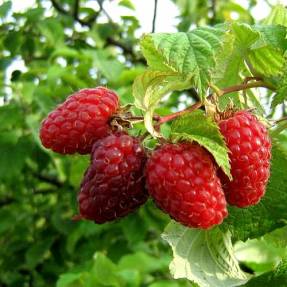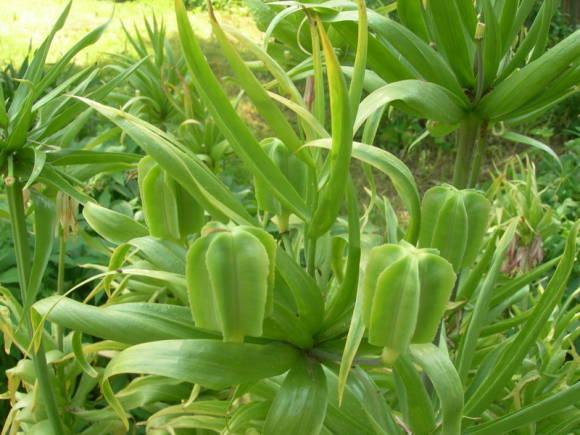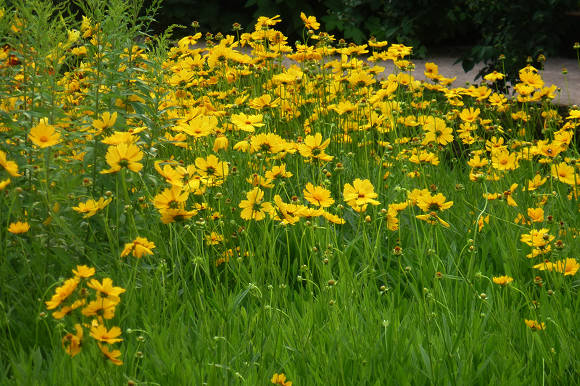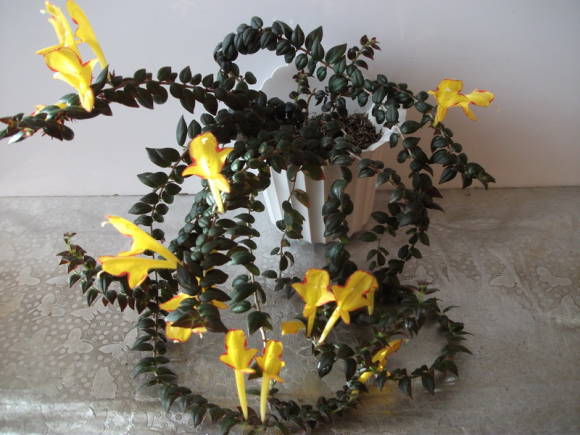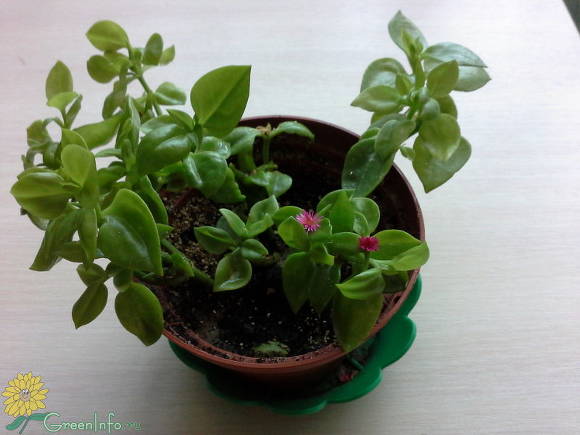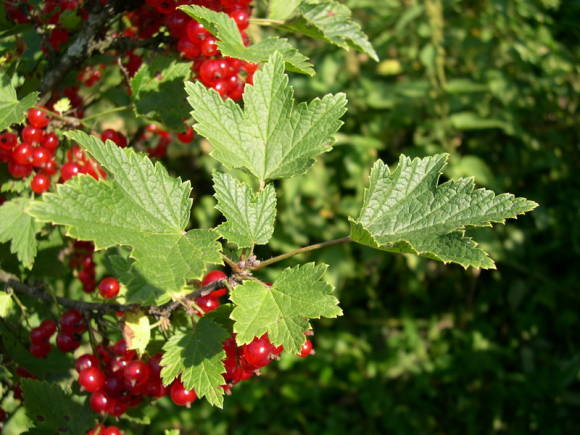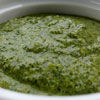Loch multiflorous(Elaeagnus multiflora) - one of the most famous plants of a little-known genus of sucker. This genus is part of the sucker family (Elaeagnaceae), which includes the genus of sea buckthorn as a separate genus. The culture of this plant spread from Japan, where it is grown everywhere and is called gumi. Although the homeland of the plant is in China.

This plant is very cold-resistant, but little frost-resistant. If we take into account this feature of this culture, as well as the fact that even the existing self-fertile forms, when cross-pollinated, give a much larger yield, this plant can be successfully cultivated. Another important condition for growing is moisture supply. Gumi bushes are powerful, are not affected by diseases and pests and, as a result, are decorative throughout the entire gardening season. In my garden, which is located in the Taldom district of Moscow region, gumi gives a yield of up to 8 kg per bush, which, perhaps, is not the limit.
But let's start from the beginning. With the selection of forms and varieties, planting.
Gumi varieties
Few varieties of gumi have been identified. And only one was bred in the suburbs, this Taisa variety... This variety is not widespread, like others. For the most part, gardeners plant seedlings of this culture, the overwhelming majority of which have quite decent qualities.
Despite the fact that in Japan this culture is considered a 'berry of health and longevity' and has been consumed for food for a long time, no garden forms of Japanese origin are known. Perhaps this is how the Japanese preserve the medicinal qualities of gumi as much as possible, without exchanging for large fruits, a variety of ripening periods, plant habit and fruit color, which is always characteristic of long-cultivated plants.
Secrets of a Good Harvest of Gumi
The first gumi plant I bought from the market, it turned out to be self-fertile, as it gave some yield until the later planted seedlings bloomed. But after the beginning of their flowering, the harvest grew many times over.
To obtain good yields, gumi bushes need to be shaped, powerful branches of the zero order are given an inclined position in the first 2-3 years after planting, until the flexible branches of this plant become too powerful, unable to bend. The inclined position of the branches of this bush provides the convenience of both natural (snow) and artificial (spruce branches and its substitutes) shelter for the winter. Without shelter and (or) formation, there will be no gumi harvest in the middle lane.
In addition, when new zero shoots appear in a growing bush, they make sure that they are not too close to each other, the first 2-3 shoots can be left close. But if the subsequent shoots are located closer than 10 cm, it is advisable to remove them. Since if 5 or more branches of the zero order are located close to each other, then their accretion leads to the appearance of a 'false trunk'. It becomes problematic to cover several branches that have grown together in the lower part, in addition, it is almost impossible to remove one of the zero shoots without damaging the others. With a high degree of probability, a 'false trunk' will lead to an unsuccessful wintering. A sharp, forced intervention will greatly weaken the plant and, as a result, deprive 2-3 harvests.

The inclined position of the branches causes abundant growth of branches of the first order, thickening of the bush. Most of these shoots should be removed 'on the ring', since the pruning of shoots when pruning gumi should be used with caution, as this pruning technique, in this case, can lead to the formation of a large number of thin shoots, like 'witch brooms'.
Planting gumi... It is necessary to plant gumi bushes on such a basis that the main branches of this powerful bush can reach a height of 2 meters or even slightly more. The root system of the plant is fibrous, shallow, and, like many related plants, it has 'nodules' with nitrogen-fixing bacteria.Mulching will not be superfluous on any soil.
Despite the fact that the flowers of this species are located one by one, its flowering is very abundant. Small, somewhat similar to white-cream moths, with a fragrant cloud, they give a discreet but sophisticated image to a flowering bush.
 |  |  |
Record-breaking fruits
Ripening of gumi berries begins together with early varieties of black currant; in very productive years, it can take more than a month. The berries fall slightly. In full maturity, the berries are very sweet, slightly tart. In size, they rarely reach 2 g. Collecting them somehow, in a very productive year, I hung 5 medium berries from several fruit-bearing seedlings. The result was amazing: small, accurate scales showed that berries selected from different plants have the same weight up to the second digit after the decimal point! These berries have a very unusual color, silver, small dots are on the bright red background. The same wvet of berries e of the closest relative of gumi - akigumi (umbrella sucker) is due to the record content of lycopene (data of American scientists), 15 (!) Times higher than the previous record holders - tomatoes.

It is known that gumi berries, in addition to sugar and acids, are rich in phenolic compounds, flavonoids, amino acids, pectin, vitamin C (there is even more of it in the leaves than in berries). Carotenoids in fruits - up to 350 mg / 100 g. It is also a rich source of macro- and microelements. Gumi fruit is a good tonic.
Unfortunately, I don’t know of any good recipes for making gumi. The juice of these berries is clear, slightly yellowish, which certainly makes it difficult to use in headlines. In frozen berries, acids are added, sugar-drenched or honey-drenched berries are too sweet for my taste. Therefore, I try to ensure that the harvested harvest of this most useful berry is consumed fresh to the maximum.
Reproduction of gumi


Reproduction of this plant is quite difficult. Cuttings root poorly, only green, root formation is slow. The first wintering of such plants in the open field is practically impossible. The first, not too large harvest, such plants will give in 3-5 years.
Sowing seeds also has subtleties that are important for success. Seeds collected from fresh berries should not dry out. They must be immediately placed in a humid environment, such as moistened sphagnum moss. The period of stratification in seeds is more than 100 days, but if you immediately put them in a refrigerator chamber with a temperature slightly above zero, then seed germination will begin at the end of December, which is not very good, since even in the southern window the gumi seedlings do not have enough light. Although under the bushes of gumi, I periodically find very small self-sown plants that have grown under the dense crown of mature bushes. Some of the seeds can germinate in the 2nd year and even later, but only if they are in a humid environment.
I hope that such a useful and interesting culture will be more common in our gardens.
Photo by the author
